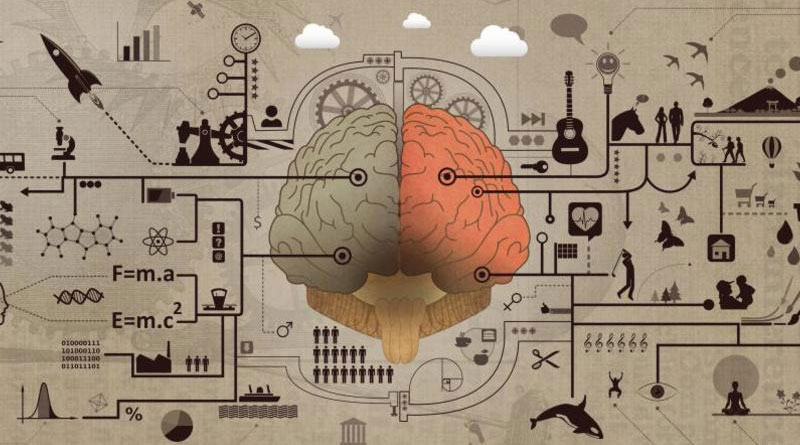Augmented reality may have finally caught the attention of the masses thanks to Pokemon Go!, but this rapidly-developing technology isn’t just for gaming. AR is poised to revolutionize a wide range of industries. Everyone from doctors to everyday consumers will benefit as a result.
The following examples of trends don’t begin to cover all the potential applications for AR, but they will give you a clear sense of just how powerful this technology is, and just how much of an effect it will have on day-to-day life.
Apple’s ARKit Will Make the Camera Your Phone’s Primary Interface
Currently, most people treat their smartphone’s camera as a secondary feature. Most of the time, they’re interfacing with the desktop-like display of apps.
This will soon change. Apple recently released ARKit, a set of tools to help iOS app developers more easily create AR apps. ARKit primarily works by superimposing a virtual world over the real one displayed via the device’s camera. As more developers create AR products for Apple devices, the camera will play a much more vital role in smartphone usage.
For instance, imagine you’re assembling a product with complicated instructions. The company behind it might release an app that allows you to receive step-by-step guidance when you point your phone’s camera at the product you’re assembling. GPS apps will also adopt a more AR-centric approach: instead of looking at an overhead view of a digital map, your course will be superimposed over the world in front of your camera.
Gamification Will Become More Common
As the name implies, gamification involves making tasks more enjoyable by turning them into games.
Thanks to AR, it’s about to become much easier to gamify work. This will be true in many different settings. At a restaurant, for example, an AR app could display symbols over tables that haven’t been served yet. When the table is served, the symbol disappears, awarding “points” to the relevant staff member.
This concept won’t merely be limited to the service industry. AR is very useful as a training tool. When employees in any industry need to learn a new hands-on skill, AR could facilitate the gamification of training sessions. Employees will be more motivated to learn when the experience of doing so resembles the experience of playing a game.
Ecommerce Will Become More Interactive
Although ecommerce has certainly impacted the dominance of brick-and-mortar retail stores, online shopping still imposes certain natural limitations on both consumers and brands. There are many products customers are simply reluctant to buy if they can’t interact with them in real-life first.
AR has already removed some of those restrictions. For instance, Sephora has an app feature that lets users “try on” virtual makeup with a smartphone camera. IKEA offers a similar app, which allows users to superimpose virtual pieces of furniture onto their surroundings to see what a particular item would look like in their home.
These advances will boost the interactivity of ecommerce as customers gain more opportunities to try out products online before buying them.
Industrial Design is Going to Get Easier
Industrial design is rarely simple. Whether you’re designing a car or a power plant, you need to carefully generate virtual renderings before you begin the actual manufacturing or construction phase. It’s very costly to address design flaws that were only identified after the prototype has been built.
Currently, many designers in the industry use 3D, computer-generated models to visualize what a final product will look like. Thanks to AR, they’ll soon be able to actually occupy the final product before they start building it. They’ll be able to sit in a virtual version of that car. They can walk through that power plant. This makes it easier to spot design flaws early.
Workplaces will be Much Safer
In certain work environments, constant vigilance is necessary. Workers must be completely aware of their surroundings in order to prevent accidents.
This degree of hyper-awareness is difficult to maintain. That’s why companies like DAQRI are using AR tech to create “smart helmets” that identify anomalous factors in a work environment. Essentially, human workers will have an AR partner to help spot warning signs they might otherwise miss.
City Planning, Simplified
In large cities, it’s important for government departments to plan for a wide range of potential scenarios, from severe weather to crime. Many city leaders prepare by creating simulations of these potential scenarios.
AR is going to boost the realism of those simulations. Fire departments will be able to “see” how a fire in a particular part of town will affect the surrounding areas. Zoning and planning boards will get clear renderings of proposed facilities and developments, helping them better understand their impact on the community.
Healthcare will Become More Efficient
AR has many potential applications in the healthcare industry. Currently, there are already products on the market that use AR to help nurses find veins for IV insertion. AR can help surgeons learn how to perform challenging procedures. It will provide physical therapy patients with clear visual instructions for exercises they can perform at home. AR could even help soldiers on the battlefield administer treatment when a medic isn’t available.
Again, these potential applications are just the tip of the iceberg. Augmented reality is poised to change the lives of almost anyone with a smartphone. Pokemon Go! was the start of the transition; The real AR revolution is just starting.
Saarya have over 7 years of experience within the Insight Analyst Industry and Human Resource outsourcing services. Customer Experience Management delivers and manages various offshore and onsite projects in various domains with multiple technologies.

